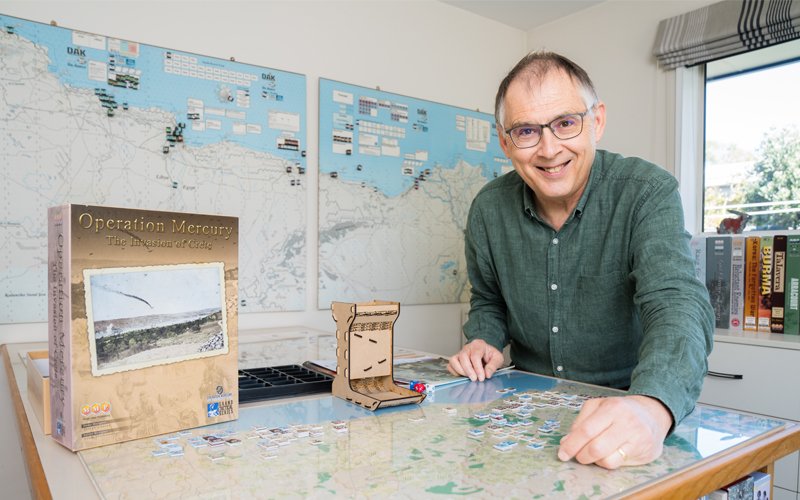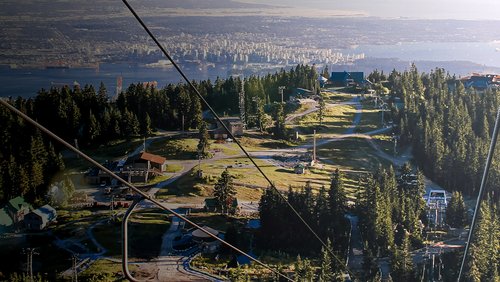9 Jan 2025
By day, Professor Mark Milke CMEngNZ CPEng can be found at the Department of Civil and Natural Resources Engineering at the University of Canterbury, with his teaching focused on professional issues such as design, communication and professional development. His research is centred around systems-level problems, such as developing technology for centralised exchanges to manage the impact from commercial water use. But outside of work, Mark has a passion for military history board games.
Do you recall the first board game you played?
I would guess Parcheesi, probably from the age of six.
How were you introduced to military history board games?
As a teenager, my friends and I had played about every board game there was around. On a whim, we bought this different-looking game that turned out to be much more challenging to master.
What do these games involve?
Someone studying a particular period in detail and then trying to represent the key decisions and uncertainties with a game. The game components can vary greatly, but a common form is a map with a set of hexagons as a spatial grid and up to 1,000 small square cardboard counters placed on the map to represent units and their status. There are rules to control movement, combat, supply and so on, dice rolls to resolve your moves, and a set of victory conditions. The bigger games can come with 100 pages of rules and charts.
How many people can play at once?
Many games are developed for two players, but the bigger ones play well with teams of 2–4 people per side, and some are developed for 4–6 individuals.
Who do you play with?
Right now, I play one day a month with a nearby friend. Last year, I played two hours a week on Zoom with someone from the USA. I try to go to a week-long convention in the USA every two years. In the past couple of years there have been three-day-weekend get togethers of 10–20 people in Rangiora, Wellington or Auckland.

Photo: Craig Forster/Lightchasers
Do you have a favourite game?
Operational Combat Series is a set of rules that has been used for 20 different games. It’s focused on World War II land campaigns, with nine game turns a month and rules to cover movement and combat, but also operational matters like supply, replacements, air support, command, reserves and transport. The rules are rich in the sense that you have many different ways to try to achieve your objectives and a lot of unexpected twists from the dice rolls.
How much equipment is involved with this hobby?
The games cost NZ$100 to $300 each, with used copies for less. The games require space and time, so I have a reconditioned map cabinet where I store games in drawers between plays – pressboard, then paper map, then plexiglass, then the counters.
Do other household members play?
No, but before I got the map cabinet, our cat would enjoy pushing the counters around.
Where are the games created?
Most games are published in the USA, with most players men in their 50s and 60s in English-speaking countries.
What three words best sum up this hobby?
Absorbing, complex, drama-inducing.
Is there a competitive pathway?
Some of the older and smaller games have tournaments and ranking systems. There are not tournaments for the games I play, but you learn who the top players are. I’m in awe of some of the players’ ability to play these complex games so well and quickly.
Does being an engineer bring any advantages to the way you approach these games?
Being an engineer and playing these games both involve mastering details and creatively applying them in an interactive complex environment to achieve difficult objectives.
Tell us something about your hobby that might surprise people?
At a convention a group of six of us will spend 70 hours over a week playing one game and not finish it. At the end we’ll step back, tell some great tales about what happened, shake hands and then spend an hour to put it all back in its box.
This article was first published in the December 2024 issue of EG magazine.





